

Philip Glass’ A Madrigal Opera was written in 1980, in between Einstein on the Beach and Satyagraha–however it is unlike any of his other works
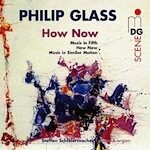
These very early Philip Glass works date from the late 1960s, well before the composer entered into mainstream culture with his operas and movie scores.

Philip Glass’ two-movement 1966 First quartet bears gestural seeds of the repetitive style for which he’s both deified and derided, although its dissonant idiom is

In his 1996 Fourth Symphony, Philip Glass reworked six out of the ten tracks from David Bowie’s Heroes album into orchestral pieces that function both
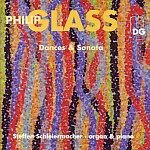
The two 1979 dances for organ that bracket Steffen Schleiermacher’s all-Philip Glass keyboard recital represent the composer’s signature arpeggio-driven style at its funkiest. Perhaps that
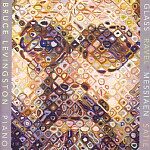
The concept of musical piano portraits based upon or inspired by specific people or subjects purportedly unites the works Bruce Levingston assembles for this recital.
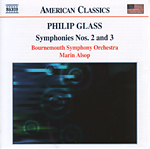
Philip Glass’ symphonies are unique among the composer’s output for their relative harmonic and thematic complexity. Listeners put off by Glass’ endlessly repeated arpeggios will
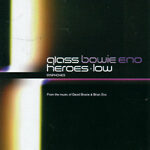
Philip Glass’ 1992 Low Symphony is based on an album of the same name by David Bowie and Brian Eno. Taking thematic material from the
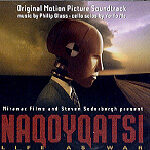
Director Godfrey Reggio’s Qatsi trilogy concludes with Naqoyqatsi, a word derived from Hopi culture meaning “life as war”. As with its predecessors Koyaanisqatsi and Powaqqatsi,
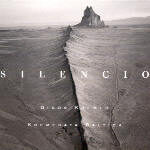
Arvo Pärt’s Tabula Rasa was written for Gidon Kremer, Tatjana Gridenko, and Eri Klas in 1977, and it’s not an overstatement to say that they
![]()
